Fletcher Priest Architects
One Angel Lane, formerly known as Watermark Place, replaces Mondial House, a redundant international telephone exchange in the heart of the City of London, on a riverside site next to Cannon Street station. The site has an important place in the history of the Thames and is defined by the working river. The northern edge boundary is also the line of the Roman riverbank, and the ‘Steelyard’ under Cannon Street station was a Hanseatic trading post, the largest medieval trading post in Britain.
Strategic viewing corridors to St. Paul’s Cathedral inform the height and massing of the new building. Twin rectangular blocks to the north are attached by a full-height atrium, and the fluid forms of the lower pavilions enclose a south-facing open square with a restaurant to encourage active use. This is the first new public Riverside space between the Houses of Parliament and the Tower of London.
This, together with the pedestrianisation and widening of Angel Lane to the east of the site, more than doubles the existing public space and creates the largest riverside square in the City of London. The new building and its setting form a strategic part of the City of London’s initiative to encourage access to the river and develop a unified river walkway.
Occupants enjoy magnificent views along the river from Tower Bridge to Westminster, the building is clad in high-performance glazing, using dot-matrix glass with a palette of colours derived from a pixilated image of the water to create a dappled façade. The lower waterside buildings have clear glass cladding protected by a massive five-storey timber structure redolent of historic wharf structures and responsive timber louvres, which protect the lower pavilion. These are designed to work together to give character and animation to the new public square. The South East building is carbon neutral in operation.
A third of the existing building is reused: the massive retained substructure supports a market driven grid and the interface are bridge scale warren trusses and inclined columns. This results in less demolition and significant savings in time, energy and materials.
Roof terraces of breathtaking scale allow building users to enjoy the riverside setting and distant views, while high-level sedum roofs encourage wildlife to inhabit the city.
Contractor: Sir Robert McAlpine
Strategic viewing corridors to St. Paul’s Cathedral inform the height and massing of the new building. Twin rectangular blocks to the north are attached by a full-height atrium, and the fluid forms of the lower pavilions enclose a south-facing open square with a restaurant to encourage active use. This is the first new public Riverside space between the Houses of Parliament and the Tower of London.
This, together with the pedestrianisation and widening of Angel Lane to the east of the site, more than doubles the existing public space and creates the largest riverside square in the City of London. The new building and its setting form a strategic part of the City of London’s initiative to encourage access to the river and develop a unified river walkway.
Occupants enjoy magnificent views along the river from Tower Bridge to Westminster, the building is clad in high-performance glazing, using dot-matrix glass with a palette of colours derived from a pixilated image of the water to create a dappled façade. The lower waterside buildings have clear glass cladding protected by a massive five-storey timber structure redolent of historic wharf structures and responsive timber louvres, which protect the lower pavilion. These are designed to work together to give character and animation to the new public square. The South East building is carbon neutral in operation.
A third of the existing building is reused: the massive retained substructure supports a market driven grid and the interface are bridge scale warren trusses and inclined columns. This results in less demolition and significant savings in time, energy and materials.
Roof terraces of breathtaking scale allow building users to enjoy the riverside setting and distant views, while high-level sedum roofs encourage wildlife to inhabit the city.
Design team:
Fletcher Priest ArchitectsClient:
Oxford Property Group, UBS Global Asset Management, COREProject partners:
Engineer: Watermans (structure and services)Contractor: Sir Robert McAlpine

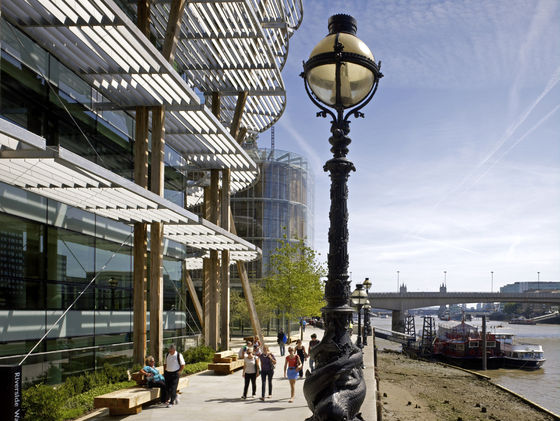

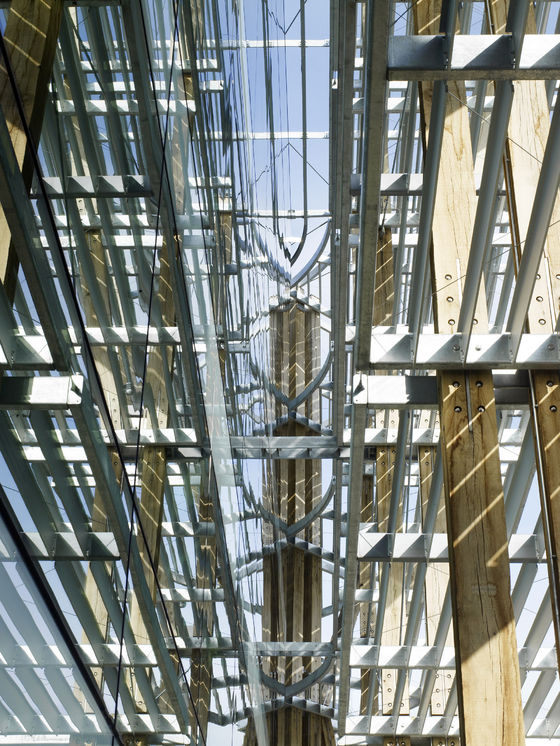
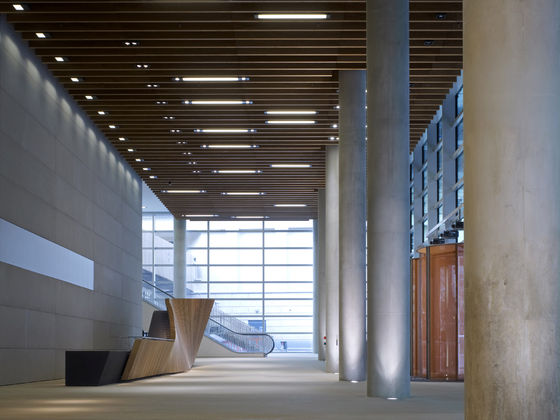
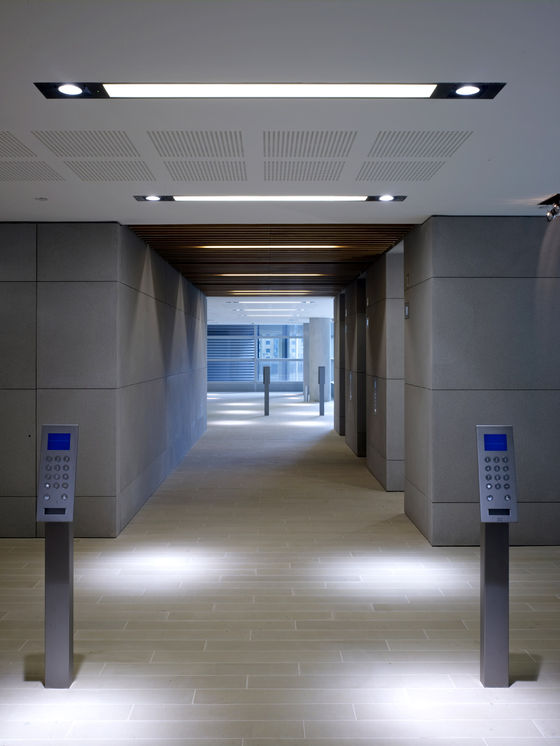
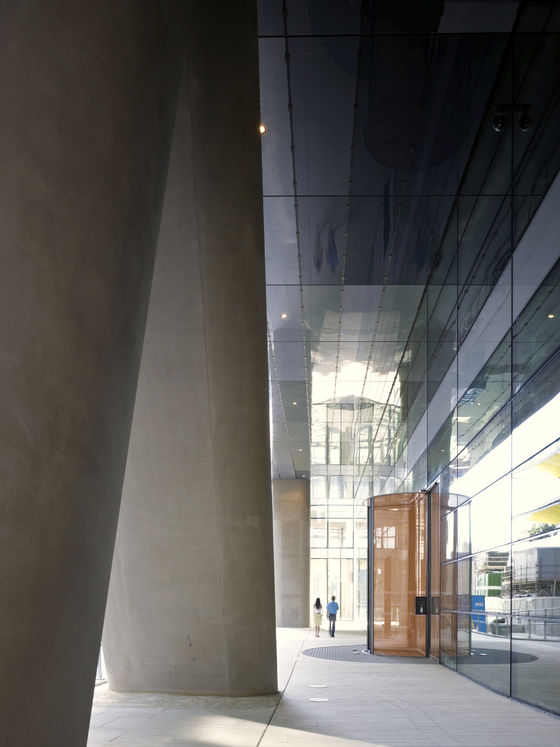
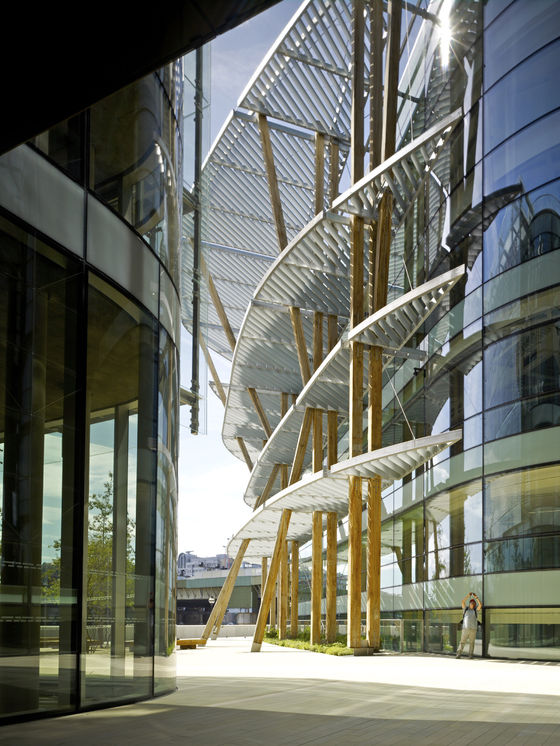
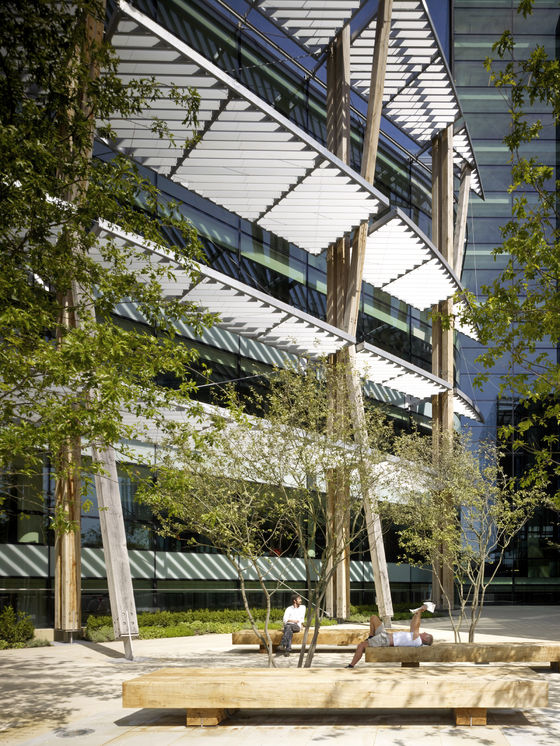
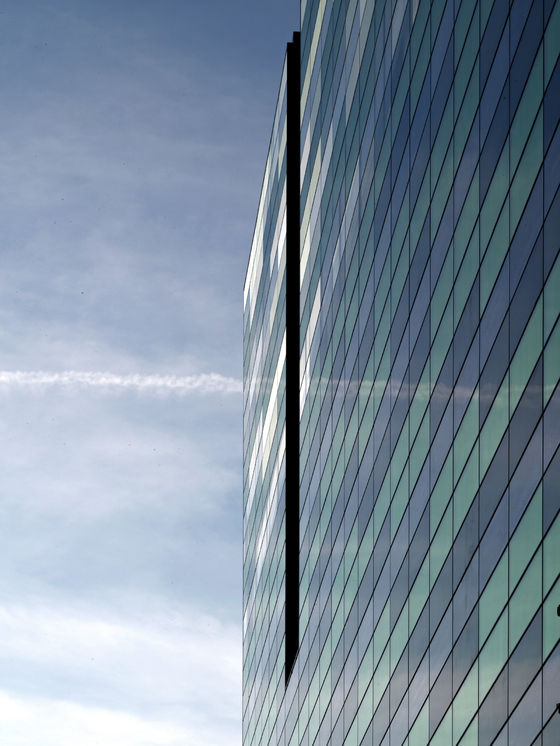
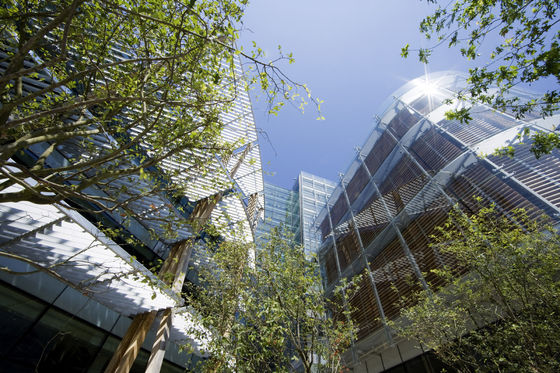

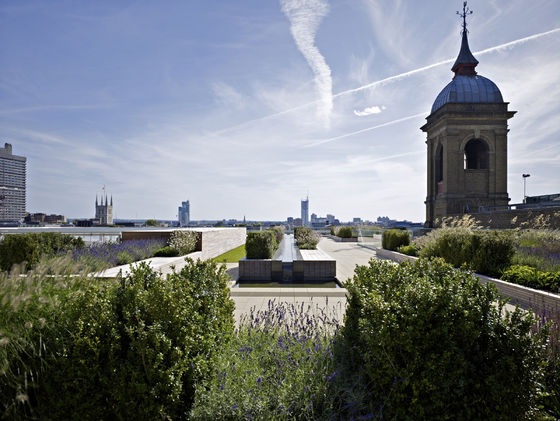
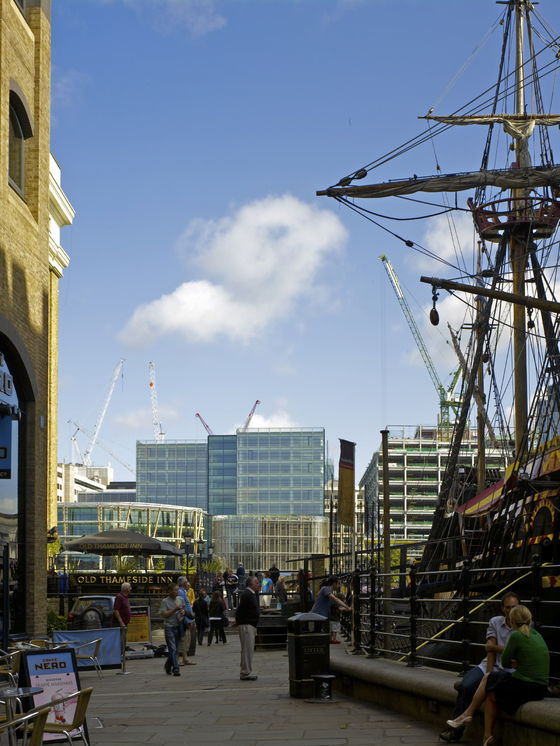
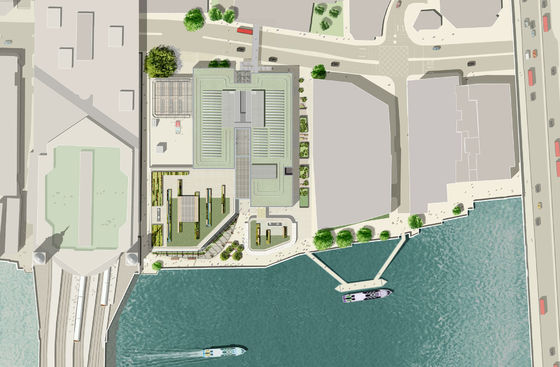
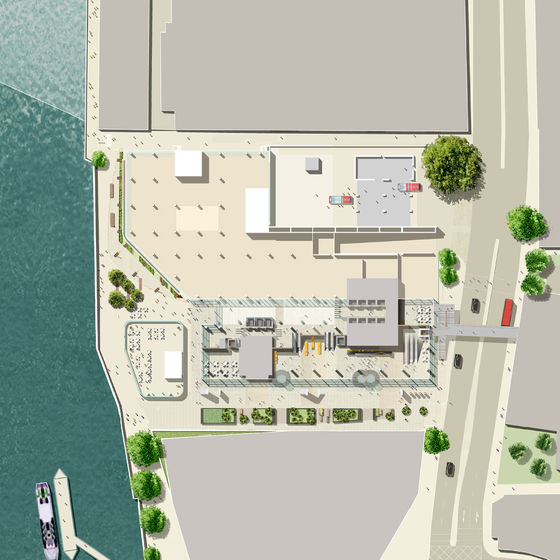
Nincsenek megjegyzések:
Megjegyzés küldése